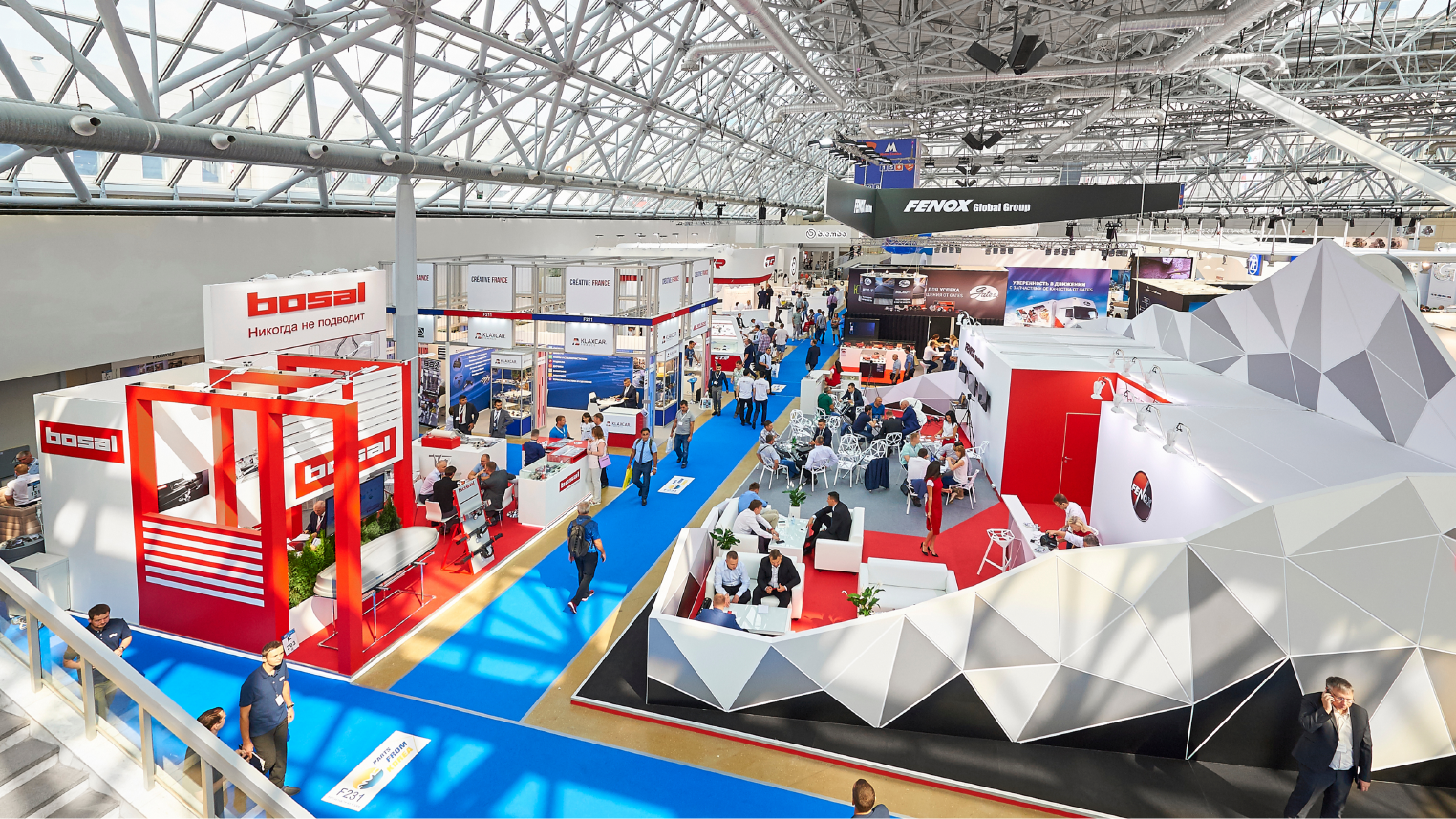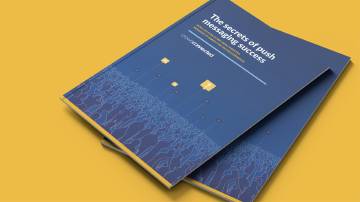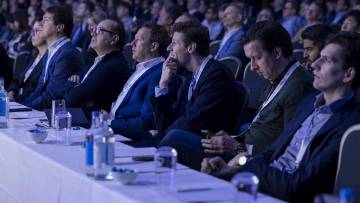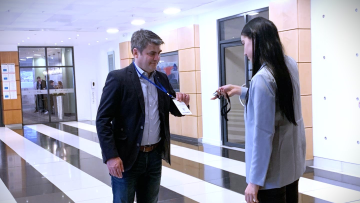Festivalisation of events

Festivalisation started appearing as the latest event industry buzz-word a couple of years ago. It still seems to mean different things to different people.
One interpretation is the addition of entertainment and leisure activities to a business event. Add an opening concert and a surfing session to your global conference, and it’s festivalised.
But another interpretation has a much deeper impact on the way events are organised. It’s making the event experience personalised, and organic. Offer a variety of content, and let visitors decide how to consume it.
Satisfying many different audiences in one event is important:
The drive behind festivalisation of events is to cultivate an atmosphere that satisfies varied interests in one event. https://www.eventmanagerblog.com/festivalization
And allowing visitors to discover content in a non-prescriptive way is important:
BoE looked at how to apply the definition of a festival to a (corporate) event. As festivals offer attendees the opportunity to design their own program, so BoE wanted to offer the same for their audience. Event attendees are not obliged to follow a strict agenda and instead can design their own program. https://www.themiceblog.com/festivalisation-of-events/
This type of festivalisation is easier said than done. Even some festivals struggle.
Large exhibitions provide a multitude of exhibitors, content and other activities for their visitors. But how do you let visitors discover and engage with the right content, without them spending their visit buried in schedules and maps, and yet still missing half of the content that was most relevant?
One answer is to get prescriptive. For example, providing content tracks. Having chosen a track, the visitor can just follow the schedule. This approach is exactly what festivalisation seeks to get away from.
What other more organic ways are there for visitors to navigate complex offerings?
The answer is digital. Push notifications are the ideal tool, using digital communication to enhance real-world interaction and engagement. They can be used to nudge people to the right locations at the right times so that they discover the perfect offering on their own.
But to use push notifications in this way requires advanced data analysis and segmentation. The more organic you want the experience to be, the more advanced and data-driven the digital communication has to become.
There are three parts of the technology solution that are critical to a good customer experience.
Aggregated data
Shaping an individual visitor’s journey can’t be done in isolation - the experience is affected by the crowd. Being part of the audience in an almost empty venue (or an overcrowded one) is no fun. So recommendations need to depend not only on the individual, but the popularity of the content across the event.
Individual history
Recommending that people do something they’ve already done never goes down well. And recommending something that the person would just never be likely to engage with will also have a negative impact. So recommendations need to take into account the individuals behaviour - everywhere they have been, and not been.
Measuring reaction
Some discovery prompts will work well, and some won’t. The ability to measure whether people act on recommendations delivered by push messaging is critical to building a successful discovery
Crowd Connected’s Colocator platform brings together these tools, and forward-looking events are already using it to festivalise the exhibition experience.


